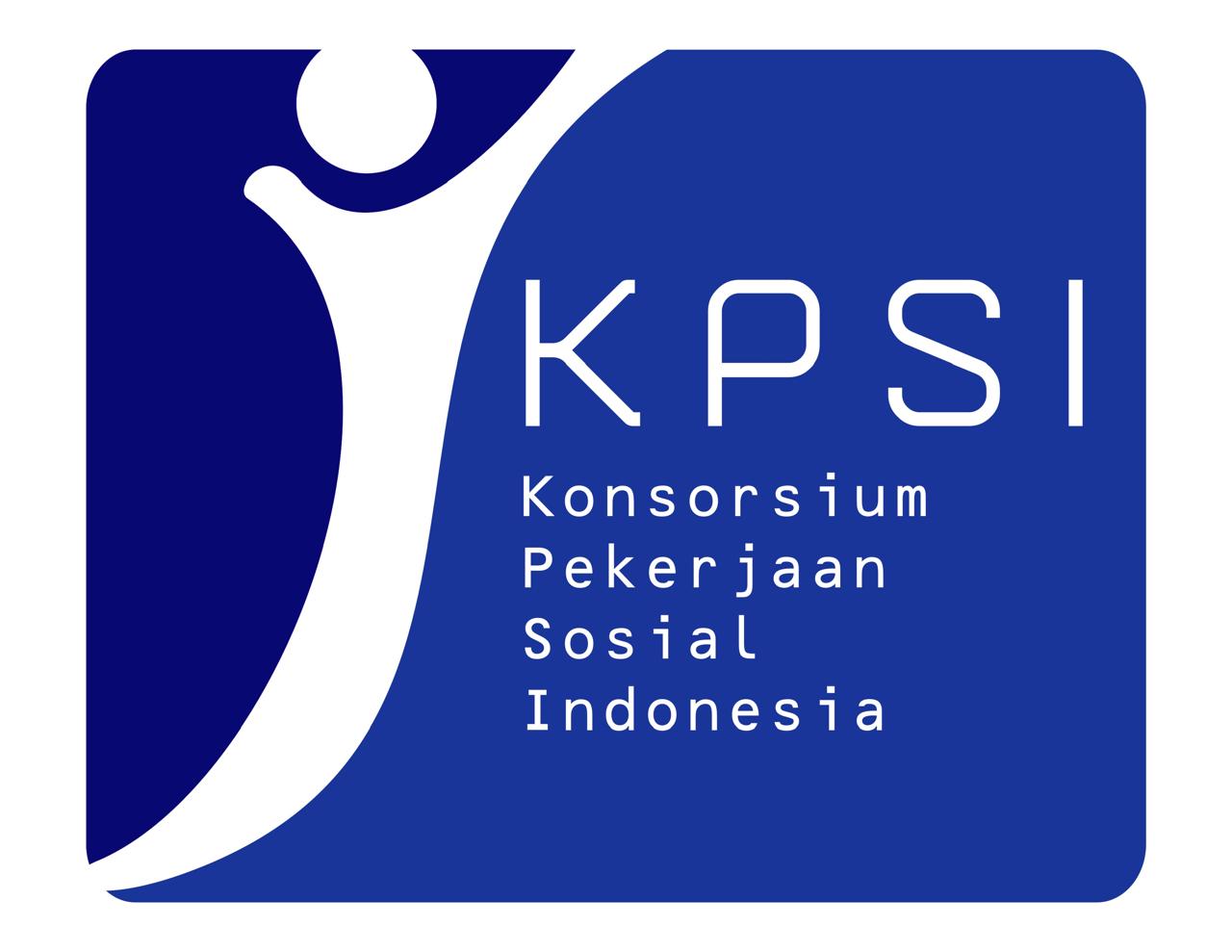A Glance Into the Online World of Children: A study to Examine the Online Activities of Children in Indonesia
DOI:
https://doi.org/10.58671/aswj.v12i1.77Abstract
Digital technology has influenced children's lives, shaping their norms, attitudes, and behaviours. This study aims to understand the online behaviours of children in Indonesia, exploring their activities, risks, and safety measures. Conducting semi-structured interviews with 510 children aged 9-18 across Central Java, East Java, and South Sulawesi Provinces in Indonesia, the study sheds light on the prevalence of internet usage among children and their online experiences. Indonesian children use the internet extensively for entertainment, communication, and information. Children consider the internet an important part of their lives, although they often lack awareness of online dangers and what constitutes risky behaviours, such as adding unknown contacts and sharing personal information, especially in online gaming contexts. Children rely on simple safety measures, necessitating comprehensive education on online safety. While many share their online experiences mainly with friends, those with strong parental bonds share it with their families too. The study emphasizes the importance of discussing online risks, including sexual exploitation and abuse, and cyberbullying as they frequently encounter such experiences but hesitate to report them. Overall, the study provides valuable insights for tailoring online safety programmes to meet children's needs and underscores the importance of informed digital parenting strategies to safeguard children's online well-being.
References
ECPAT, Interpol and Unicef. (2022). Disrupting Harm in Indonesia: Evidence on online child sexual exploitation and abuse.
Gabriela Vatu. (2023). How Many Kids Have a Mobile Phone? SellCell.Com Blog. https://www.sellcell.com/blog/how-many-kids-have-a-mobile-phone/
Harris, A. J. (2014). Understanding the World of Digital Youth. Adolescent Sexual Behaviour in the Digital Age, 24–42. https://doi.org/10.1093/MED/9780199945597.003.0002
Jenny S. Radesky, Heidi M. Weeks, Alexandria Schaller, Michael B. Robb, Supreet Mann, & Amanda Lenhart. (2023). Constant Companion: A Week in the Life of a Young Person’s Smartphone Use.
National Center for Education Statistics. (2021). Fast Facts: Access to the Internet. https://nces.ed.gov/fastfacts/display.asp?id=46
OECD. (2020). Early Learning and Child Well-being: A Study of Five-year-Olds in England, Estonia, and the United States. OECD. https://doi.org/10.1787/3990407f-en
Smahel, D., Machackova, H., Mascheroni, G., Dedkova, L., Staksrud, E., Ólafsson, K., Livingstone, S., Hasebrink, U., Smahel, D., Mascheroni, G., Dedkova, L., Staksrud, E., Ólafsson, K., & Livingstone, S. (2020). EU Kids Online 2020: Survey results from 19 countries. https://doi.org/10.21953/lse.47fdeqj01ofo
Statista. (2020). Share of children with internet access in their household in 2020, by region.
UNICEF. (2017). The State of the World’s Children: children in a digital world.
UNICEF East Asia and the Pacific Regional Office and the Centre for Justice and Crime Prevention. (2020). Our Lives Online: Use of social media by children and adolescents in East Asia-opportunities, risks and harms. UNICEF Bangkok. www.unicef.org/eap/
UNICEF Innocenti. (2019). Growing up in a connected world.
Downloads
Published
How to Cite
Issue
Section
License
Copyright (c) 2024 Karen Muller, Astrid Gonzaga Dionisio, Sanghyun Park, Nahar, Ciput Purwianti

This work is licensed under a Creative Commons Attribution-NonCommercial-ShareAlike 4.0 International License.




























